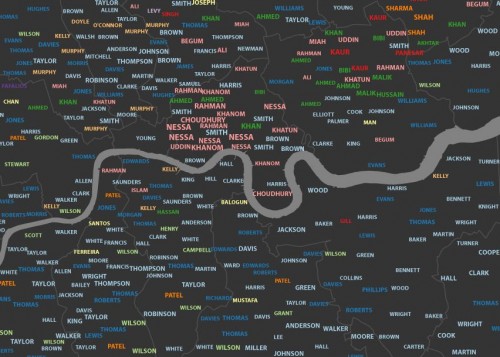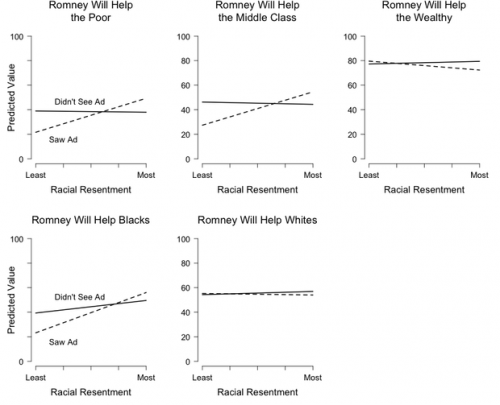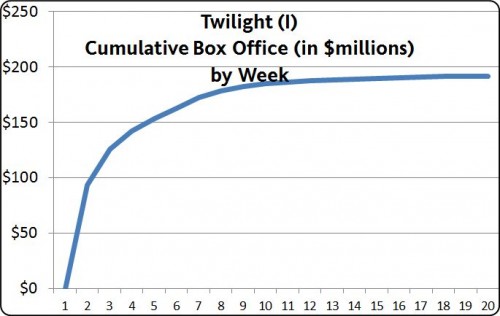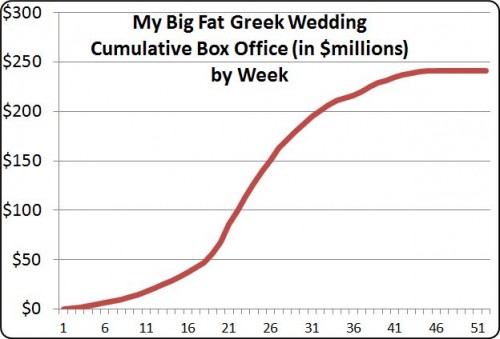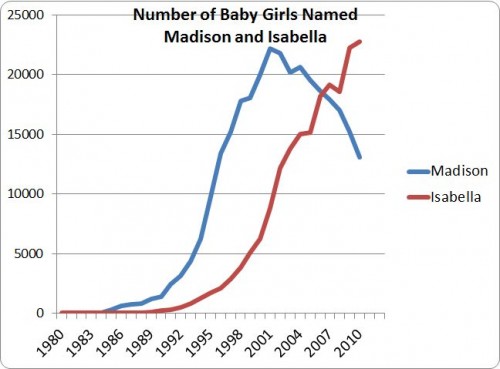If you followed media coverage of the Democratic party convention last week, you may have heard about the short-lived controversy that broke out over the lack of the word “God” in the party platform (as well as the platform not explicitly mentioning Jerusalem as the capital of Israel). Fox News picked up on the lack of religious references and highlighted it as a major failing. Both items were hastily added to the platform.
Over at Organizations, Occupations and Work, Chris Prener posted a graph showing the number of times “God” appears in the party platforms over the last century. As Prener mentions, explicit references to a deity were rare before World War II. After including it a few times in the ’40 and ’50s, the Democratic party platform mostly left it out until the 1996. The Republican party has much more consistently included “God” at least once in each platform since 1948, but 2012’s platform stands out, since it has more than double the mentions as in any prior platform:
Using the word “God” in official party platforms isn’t a tradition inherited from the earliest days of the two parties. It’s a relatively recent change, illustrating a trend toward more explicit inclusion of or reference to religion in U.S. politics and by political candidates.





